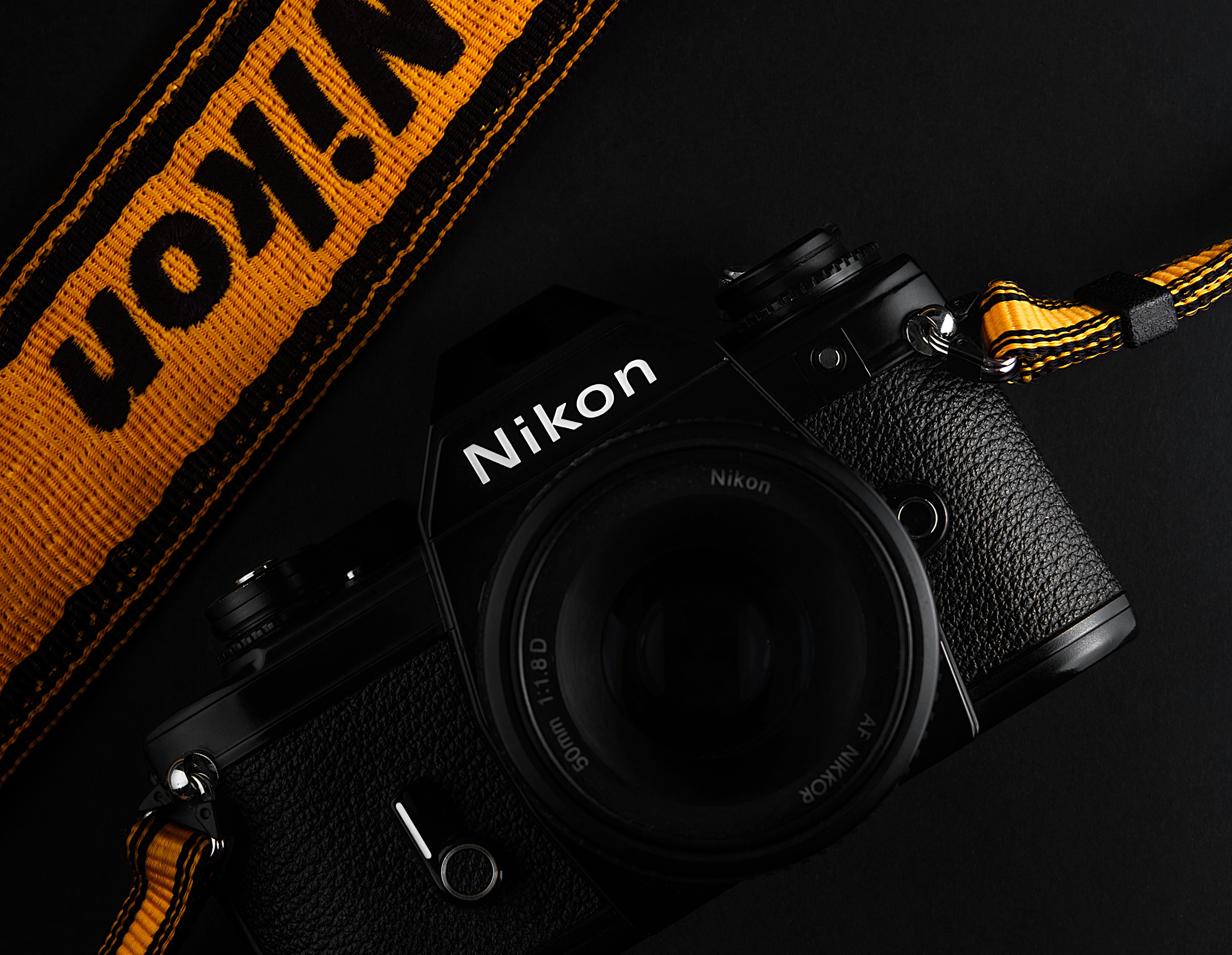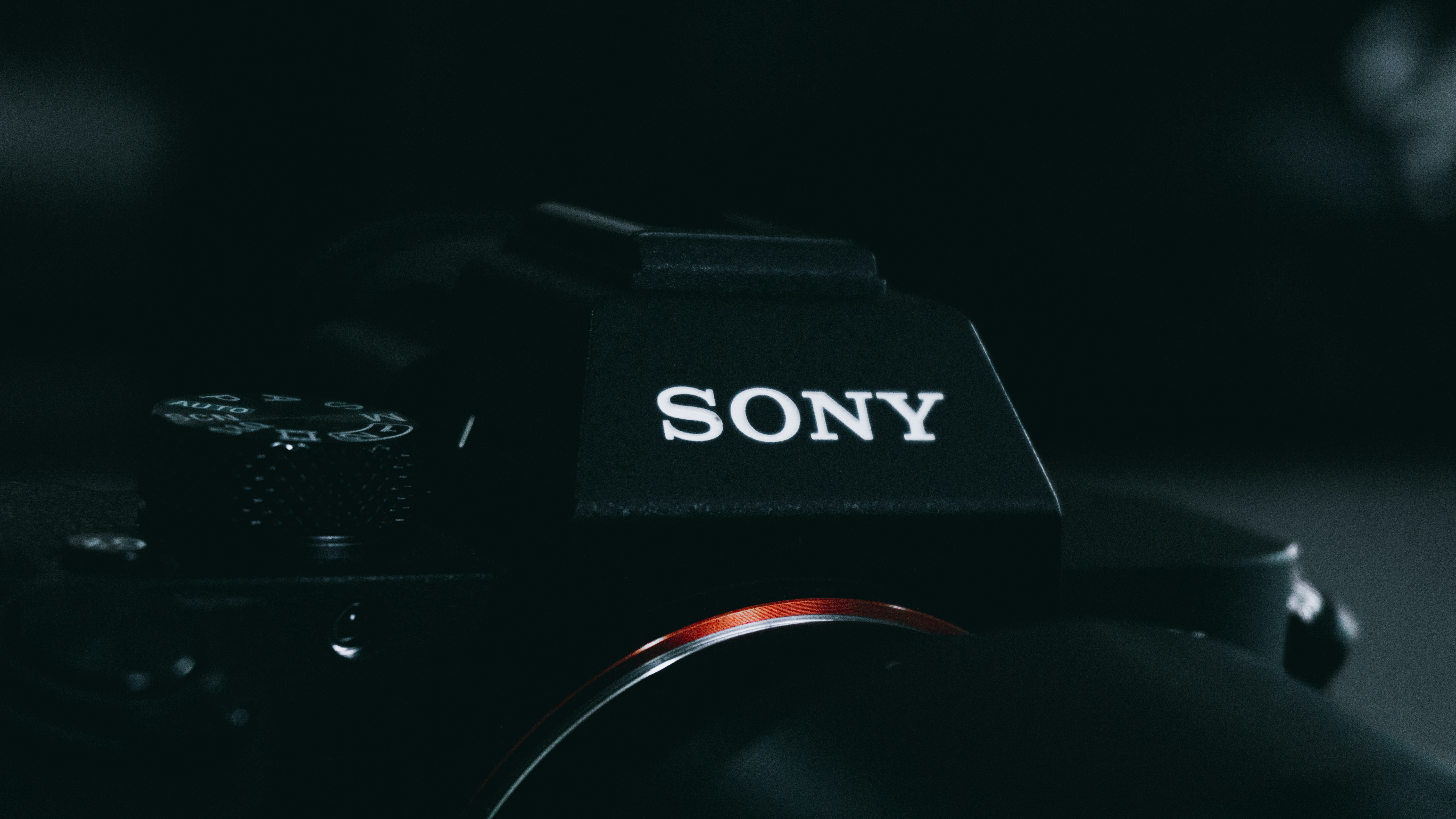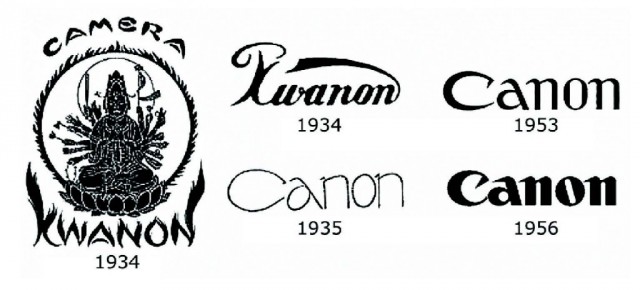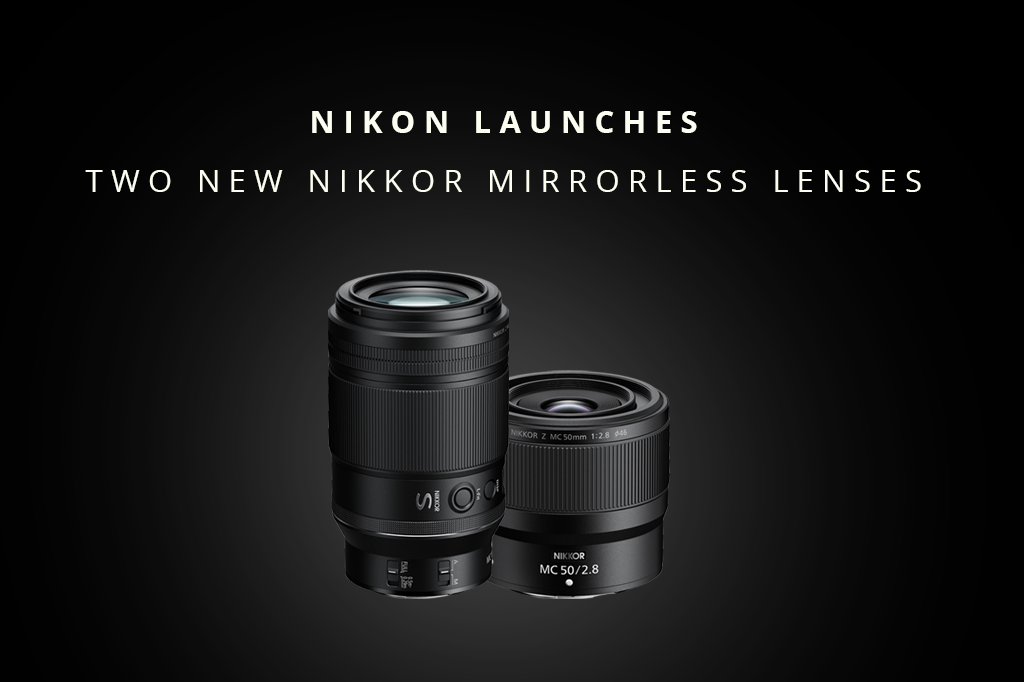Over the last few months, Nikon has made some incredibly game-changing moves within the photographic industry. Last year they released their Nikon Z8, which was received with great acclaim. This year, however, Nikon hit the ball completely out of the park when they announced that not only would the Z9 be accompanying NASA into space but that they’ve also recently acquired US cinema camera manufacturer RED. Allow us to unpack some of these major moves made by Nikon in recent months.
Nikon Acquires Red Digital Cinema
In a striking development that’s set to reshape the landscape of the photographic industry, Nikon has announced its acquisition of the esteemed cinema camera manufacturer, RED Digital Cinema. This move marks Nikon’s ambitious foray into the cinema camera industry and signals its intention to become a powerhouse in the filmmaking world.
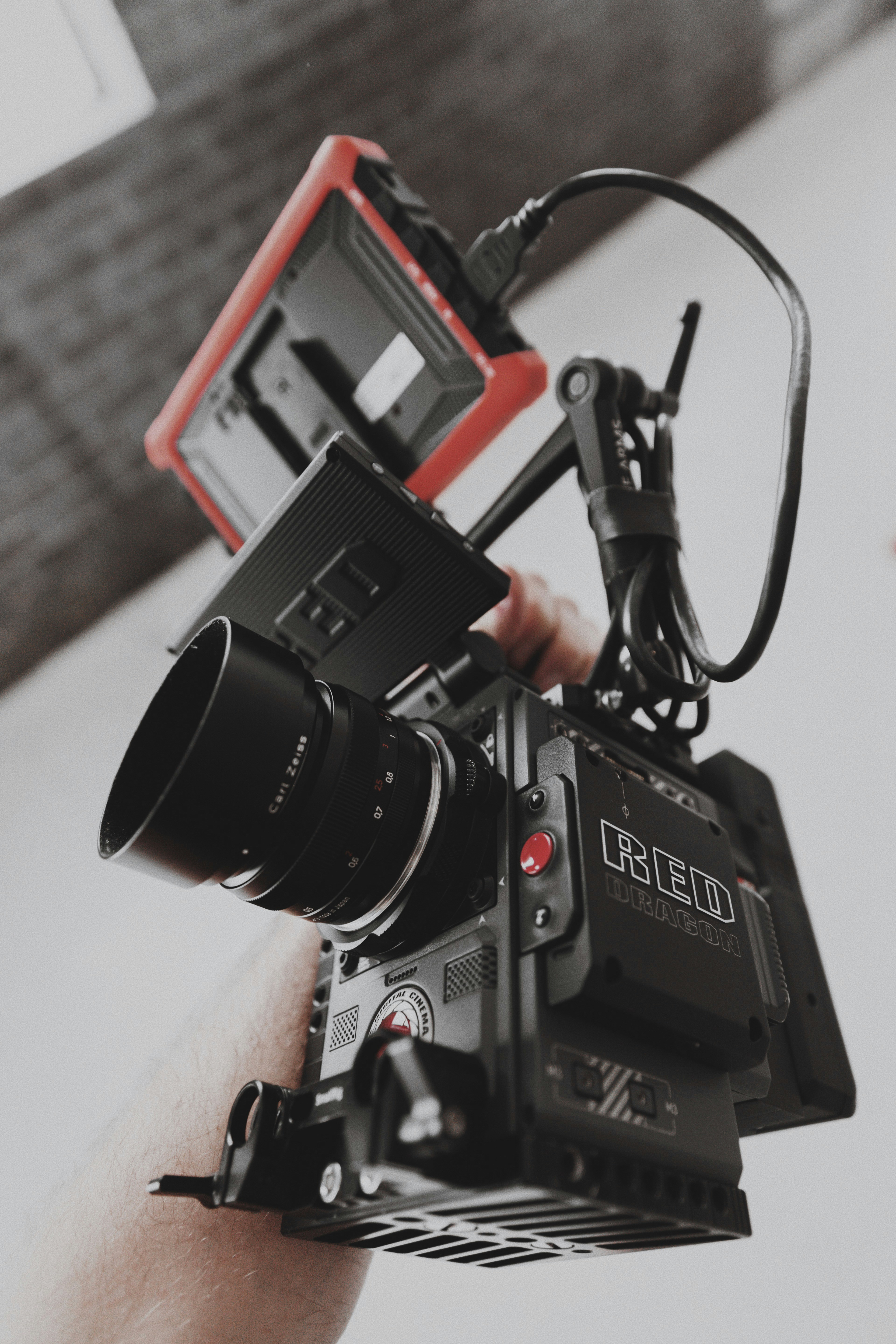
The Significance of Nikon’s Acquisition of Red Digital Cinema:
Nikon, traditionally celebrated for its prowess in still photography, is taking a monumental leap by bringing Red, a titan in the cinema camera market, under its wing.
Red Digital Cinema, known for its revolutionary technology and contribution to the film industry, brings to Nikon a wealth of expertise in high-resolution cameras, proprietary RAW compression technology, and unparalleled colour science. With this deal, we could see Nikon potentially integrating Red’s cutting-edge video technology into its products, thereby enhancing its offerings in the camera market.
With this acquisition, Nikon positions itself as a formidable competitor against giants like Sony and Canon, who have long dominated the video and cinema camera market. By merging Red’s cinematic excellence with Nikon’s imaging capabilities, we can’t wait to see what comes from this historic deal.
The Nikon Z9 Goes To Space
Nikon cameras have a long-standing history of being the leading camera brand accompanying NASA’s missions into space. Nikon’s association with space exploration dates back to the 1970s when the Nikon Photomic FTN was used by the astronauts of Apollo 15 in 1971. This mission marked Nikon’s entry into the space exploration arena. Since then, Nikon cameras have enjoyed a constant presence on various space missions, including those aboard the International Space Station (ISS), becoming an integral tool in documenting human space exploration, providing valuable data, aiding in scientific research, and capturing inspiring images that connect humanity with the vastness of space.
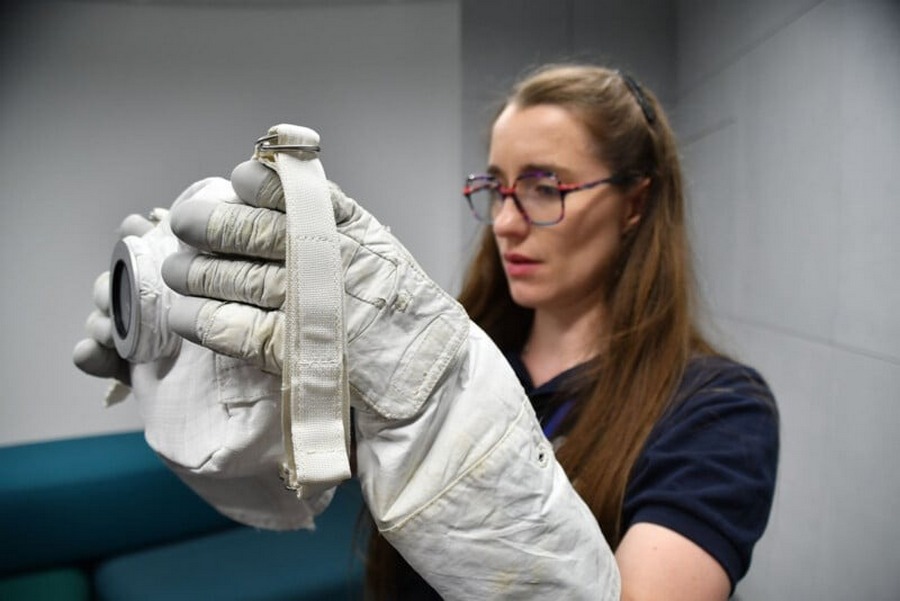
In 2026, Nikon is set to embark on a lunar journey with the astronauts of the Artemis III mission, marking humanity’s return to the moon for the first time since 1972. The Nikon Z9, designated for this mission, is not your standard camera; it’s been transformed into the Handheld Universal Lunar Camera (HULC) to endure the moon’s extreme conditions.
This specialised version of the Z9 will be engineered to resist cosmic radiation and includes a redesigned handgrip with enhanced controls to allow operability with astronaut hand gloves, improved noise reduction at lower shutter speeds to counteract cosmic radiation effects, revamped file naming, optimized default settings and controls for external missions. Adjustments have also been made to the in-camera communication control to streamline astronaut operations, along with advancements in shutter shield technology and HDR functions, ensuring the HULC is primed for its lunar assignment. A thermal blanket will also be added to shield the camera from the moon’s extreme conditions.
“The opportunity to collaborate with NASA on this endeavor is simply exhilarating yet humbling, as we realize the benefits of this mission have the potential to affect all of mankind in the future,” said Naoki Onozato, President and CEO of Nikon Inc. “As one of the many suppliers and manufacturers collaborating with NASA as part of the Space Act, our aim is to best equip the crew as they bravely bring humanity back to the surface of the Moon and possibly beyond.”

